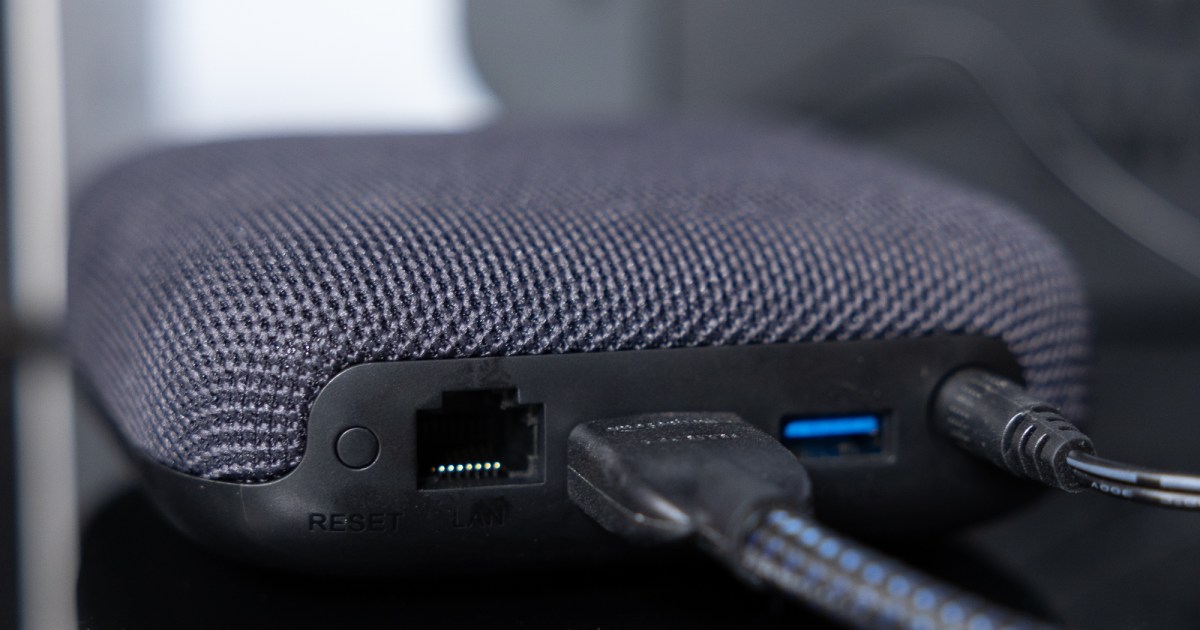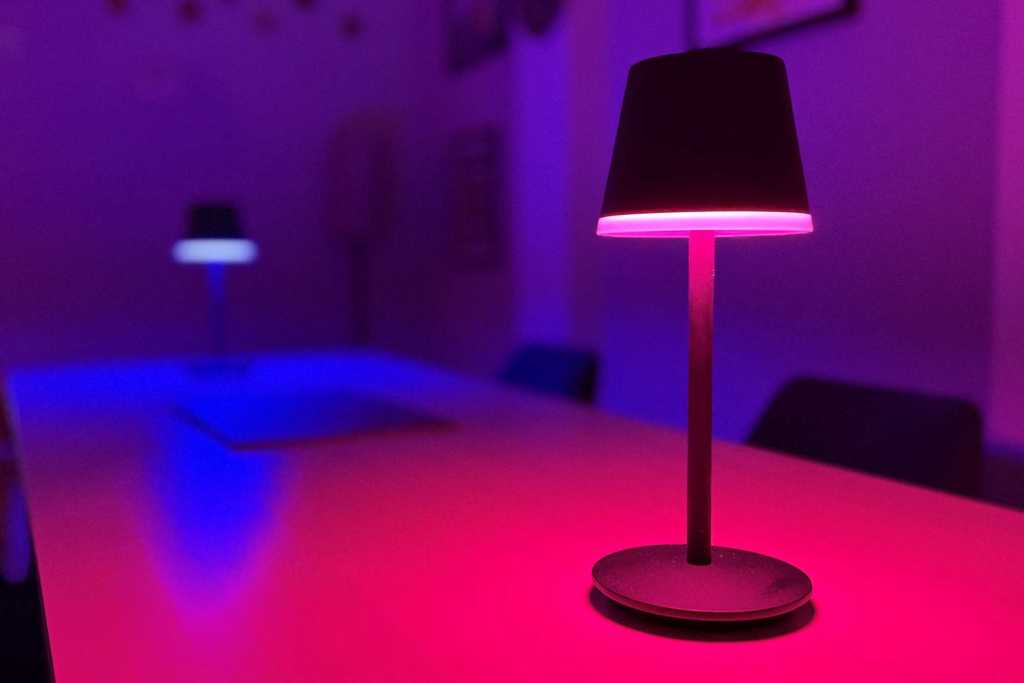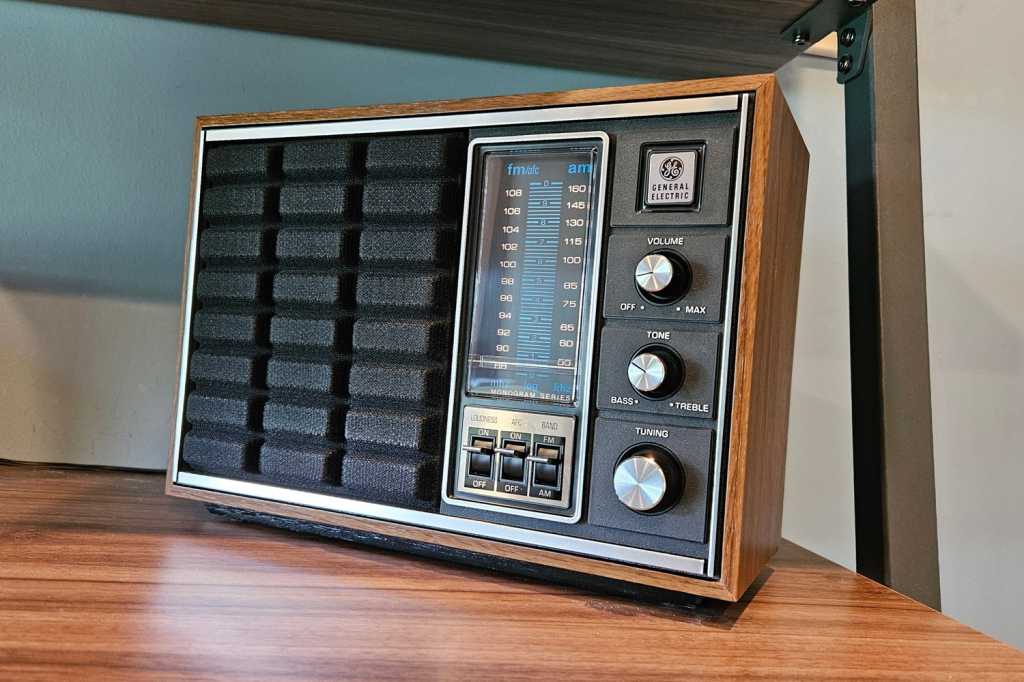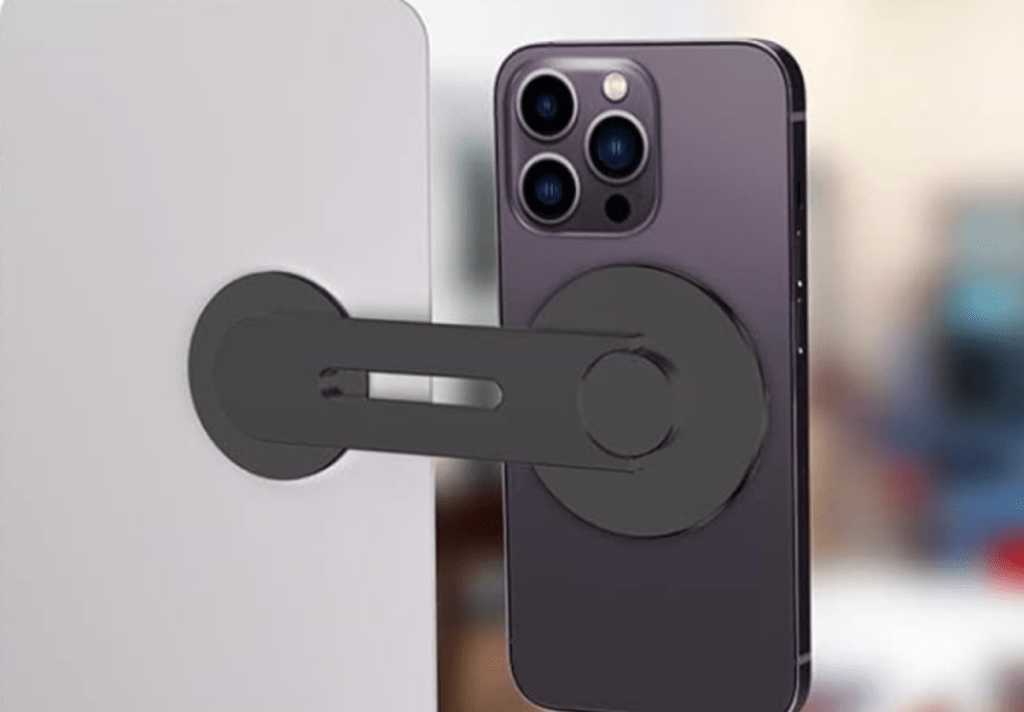HDMI 2.2, announced at CES 2025, promises a significant leap in bandwidth, enabling higher resolutions and refresh rates. This next-generation HDMI standard will necessitate a new cable to unlock its full potential and incorporates advanced features for superior audio-video synchronization. While the new cable isn’t expected until later this year, and compatible TVs are still on the horizon, this article dives into everything you need to know about HDMI 2.2.
Unveiling the Capabilities of HDMI 2.2
The key advancement of HDMI 2.2 lies in its doubled bandwidth compared to existing Ultra High Speed HDMI cables using the HDMI 2.1 protocol. With a capacity of up to 96 Gbps, HDMI 2.2 unlocks support for uncompressed native 16K resolution or uncompressed native 4K at 240Hz. When combined with Display Stream Compression (DSC), it could potentially support monitors up to 4K 480Hz or 8K exceeding 120Hz.
Although consumer TVs and monitors capable of such resolutions and refresh rates are currently unavailable, this technology holds immense promise for future applications in augmented and virtual reality headsets.
Furthermore, HDMI 2.2 incorporates Latency Indication Protocol (LIP), ensuring precise audio-video synchronization, especially crucial for setups involving external A/V systems.
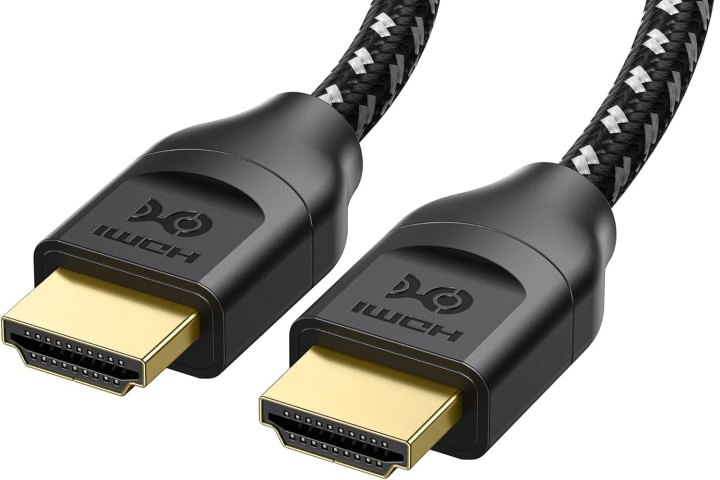 HDMI 2.1 cables.
HDMI 2.1 cables.
To harness these new resolutions and refresh rates, a new HDMI 2.2 certified Ultra96 cable is required. These cables offer backward compatibility with previous HDMI versions, but the maximum speed will be limited by the lowest link in the chain. For instance, an HDMI 2.2 cable connected to an HDMI 2.0 port will not achieve its full bandwidth potential.
HDMI 2.2 vs. HDMI 2.1: A Comparative Look
HDMI 2.1, ratified in 2017, marked a significant step forward, but its widespread adoption didn’t occur until 2020-2021. It nearly tripled the bandwidth of HDMI 2.0, enabling true 4K 120Hz support, vital for the current generation of game consoles. HDMI 2.1 also introduced features like Dynamic HDR, Display Stream Compression 1.2, Enhanced Audio Return Channel (eARC), Variable Refresh Rates, Quick Media Switching, Quick Frame Transport, and Auto Low Latency Mode.
While HDMI 2.2 focuses primarily on bandwidth expansion and the introduction of LIP, its impact is considerable. The bandwidth increase from 48 Gbps (HDMI 2.1) to 96 Gbps represents the largest leap in the standard’s history, making HDMI 2.2 the most capable video and audio transmission standard, surpassing even DisplayPort 2.1 and USB4, both capped at 80 Gbps. However, it’s worth noting that the Chinese standard GPMI still boasts higher bandwidth capabilities.
HDMI 2.2 Availability and Future Prospects
Unveiled in January 2025, HDMI 2.2 is slated for official launch in the first half of the year. The HDMI Forum anticipates the release of Ultra96 cables before year-end, but devices supporting HDMI 2.2 might not appear until 2026. This timeline remains optimistic, considering the lag between HDMI 2.1’s ratification and widespread implementation.
 ps5-hdmi-cable
ps5-hdmi-cable
Currently, the demand for advanced cable standards in the consumer market is limited. While higher bandwidth could benefit high-resolution, high-refresh-rate PC gaming, most high-end PCs already utilize DisplayPort 2.1 and often operate at lower resolutions. In the living room, 4K 120Hz is the current standard for major game consoles, and without a new console generation pushing higher refresh rates, the immediate need for HDMI 2.2 is less pronounced.
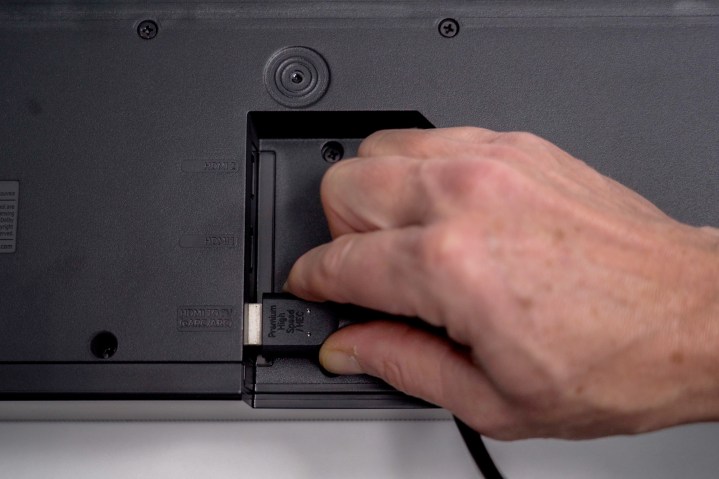 Inserting an HDMI cable underneath the Samsung Q990B soundbar
Inserting an HDMI cable underneath the Samsung Q990B soundbar
While 8K TVs could theoretically support 120Hz or higher, current consoles and TVs lack the necessary processing power. Furthermore, there are no plans for 8K Blu-rays that could leverage the additional bandwidth for higher bit-rate video or enhanced HDR metadata.
HDMI 2.2 undoubtedly represents the future of connectivity, offering the bandwidth and features to rival competing standards. However, its mainstream adoption might still be some time away.



